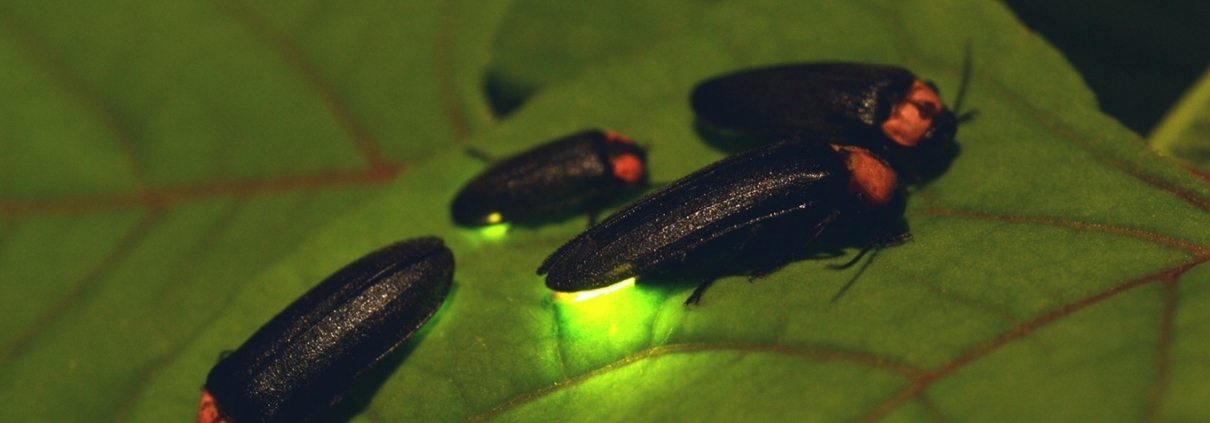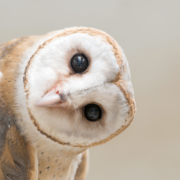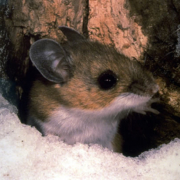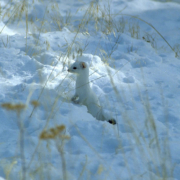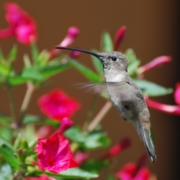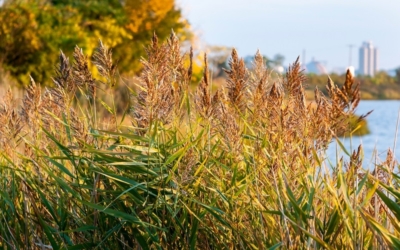Keeping Fireflies from Blinking Out for Good
I don’t know about you, but I haven’t been seeing many fireflies in the last few summers.
Growing up, we called these little guys “lightning bugs.” I remember many summer evenings watching our backyard glow with what seemed like a million blinking little lights floating in the air.
Unfortunately, firefly populations seem to be declining in recent years. Although the reasons are not certain, they appear to be affected by light pollution, which disrupts their flashing displays for mating, as well as habitat destruction and improper pesticide use.
Like many bioluminescent species, fireflies—which are actually beetles, not flies—create this seemingly magical glow with a chemical reaction. A compound called luciferan contained in their abdomen combines with oxygen, calcium and adenosine triphosphate (ATP), and this reaction produces light. Both males and females use this display to help them find a suitable mate, and each species of firefly (of which there are 2,000 worldwide) blinks this light in a specific pattern.
In addition to their spectacular nighttime displays, fireflies are also beneficial. You may be surprised to learn that the adults of most firefly species are pollinators! With diets consisting primarily of pollen and nectar, fireflies play an important role in the propagation of many flowering plants. Their larvae are equally helpful, eating invertebrate pests like snails, slugs, worms and grubs.
Fireflies tend to thrive in habitats that are warm, humid and near standing water. A favorite habitat for the larvae especially is areas with abundant rotting wood and leaf litter along the edges of ponds and waterways. They also like forest edges, meadows and marshes.
If you want to help fireflies in your neck of the woods, here are a few tips you can incorporate into your site’s habitat management:
• Reduce the use of pesticides near firefly habitat (check out NAPPC’s Pollinator Friendly Practices for helpful guidelines on responsible pesticide use near pollinator habitat)
• If you have riparian habitat or other warm, moist habitats near water, consider management practices that encourage the presence of leaf litter and woody debris.
• Provide vegetation for adult fireflies to seek shelter in during the day, such as tall grasses, low-growing flowering plants and creepers, and shrubs. Even mowing the lawn less frequently and at a higher height can benefit fireflies, as they often rest in lawns on or near the ground.
• Plant flowering plants with bloom times throughout the growing season to make sure adult fireflies have enough nectar and pollen to feed on.
• Wherever possible, turn building lights down or off to reduce light pollution. (This will also help migrating birds, who can become confused by and collide with buildings that are lit up at night.)
If you’d like help with managing for fireflies as part of your corporate conservation program, contact WHC’s Strategy and Planning team at strategyandplanning@wildlifehc.org.
